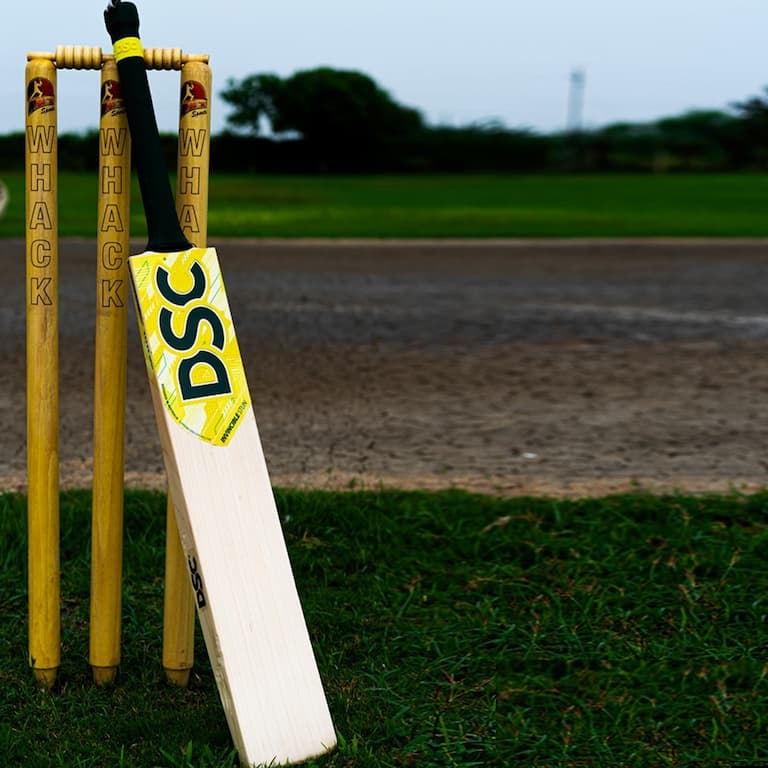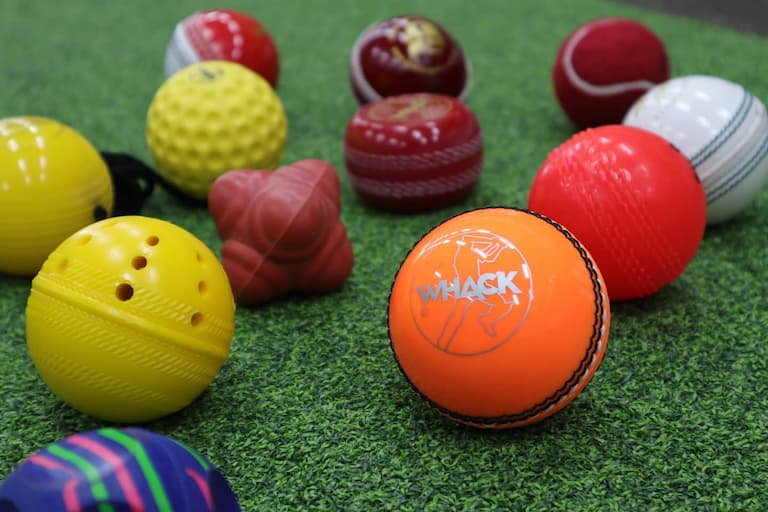Cricket is the world’s second most popular sport, right behind soccer. It has 2.5 billion followers, and the numbers are growing. It’s popular in many countries and people and little kids often play it for recreational purposes. When it comes to small children, the best age to start their training is when they’re 5-7 years old. Nothing professional, just the simple, basic moves and rules.
But in order to fulfil their dreams, they need to have the proper training gear that matches their size and age.
Bat

This might be the most important piece of training gear. Always invest in high-quality junior cricket bats because the type of bat you have will influence your game and performance. Of course, there are many bat sizes, and you’ll be mistaken if you think bigger is better. A smaller person works well with a smaller bat, a larger person will handle a larger bat better. Avoid getting the wrong size because it will make your game difficult. For instance, those who are 160–165 cm tall should handle a size 6 bat. To make a good decision always use a measuring chart.
The type of ball you’ll use is also important. They can be leather, rubber, foam or tennis balls. You’ll need a thin, lightweight bat if the ball is lighter, like a tennis ball. The other materials are heavier and call for a thicker, heavier bat. A heavier bat also has a greater impact on the ball and is more durable. However, if the child is smaller, it’ll be challenging for them to wield it. The lighter ones are easier to control, but they wear away much quicker than the heavier ones do.
The basic two materials that manufacturers use to make a cricket bat are English and Kashmir Willow. One thing you need to know is that English Willow is more expensive than Kashmir, but it’s worth the money because it’s more durable and reliable. For beginners, the Kashmir one is better. Also, don’t forget to keep the grade in mind as well. You can choose from level 1 through level 5, with level 1 being the finest and most expensive. You have the option of either an oval or a circular handle. While round ones are easier to handle and have a firmer grip, ovals are robust and provide superior directional control.
Ball

Cricket balls are an important part of the game too. There are two main types: cork/leather balls and tennis cricket balls. The choice comes down to the type of game, players and the pitch they’re playing on. Cork balls are made from cork in the centre, as the core, and leather around it in a few layers. The leather is there to give it some bounciness. There are 3 types of leather balls. The red ones are durable, strong and can handle multiple-day games. They’re red in colour for the players to notice them with ease. White cricket balls are lighter and wear out faster. They can be replaced multiple times during a game. The pink balls are also very tough and can withstand wear and tear.
2 Piece Cricket Ball
These balls contain two leather layers sewn around the centre in addition to the cork and thread, making them more elastic. They are thinner and face relatively less air resistance. Because of this, you can easily control them and give the ball an additional curve. Unfortunately, despite their excellent performance, these balls easily wear out.
4 Piece Cricket Ball
As implied by the name, these balls have four leather quadrants. They are strong, resilient, and capable of taking a beating. They don’t swing as much, but they’re ideal for multi-day games. Because of this, professional players often use them in their games. The stitch’s purpose is to give the bowler a secure grip so they can twist, bounce, or hold the ball. The stitching, despite appearing trivial, is essential for the ball’s aerodynamics.
If the ball has thicker and larger seams, it means it offers a good grip and perfect air resistance. Everything considered, you’ll have a better performance if the seam is thicker. A nicely balanced ball is essential because it makes the game more stable. Hold your index and middle fingers in the direction of the seam and place your thumb beneath to see if the ball is balanced well. Throw the ball upwards while spinning it; if it wobbles while spinning, the balance is not right.
Helmet

Just like the junior bat, the helmet should also be made from high-quality materials in order to do its job right. With balls that fly 100 km/h, the child needs to always have head protection to avoid serious injury or something worse. The helmet will absorb any shock and possible impact on the head. If you add the grill to it, you’ll get an extra layer of protection, but a smaller field of visibility. The padding is there to minimise the impact of the ball and provides a tight and comfortable fit by stopping the helmet to move during the game. The moving factor depends largely on the chin strap.
Choosing the right fit and size is very important. One way to measure the right size is to take a soft measuring tape and wrap it around the child’s head just above the eyebrows. This size can vary from 51-56cm. The helmet should fit firmly around the head, the chin strap should be adjustable and safely fitted and the head shouldn’t move inside the helmet. This safety gear is usually made from ABS plastic, fibreglass or carbon fibre, and the price will depend on the material, additional features and extra protection.
Stamps
The game’s stamps are a crucial component of the training gear. The stands on which the balls stand are vertical and high. Each wooden stamp measures 71 cm in height and has a 3.8–3.49 cm diameter. They have spikes on one end, allowing the players to quickly position them to the terrain. To provide for proper ball fit, the top is curved like a U. in combination with the durable junior cricket bats these stamps will be the perfect training equipment.
You could also buy a bowling machine for the child to practice their swing, a cricket bag for all of the equipment and some gloves for practising their throws and catches. Another useful safety gear is the pads. They’ll protect the legs from bruises because some hits can be very strong. A pair of proper cricket shoes will also contribute to the performance and take the game to the next level.












